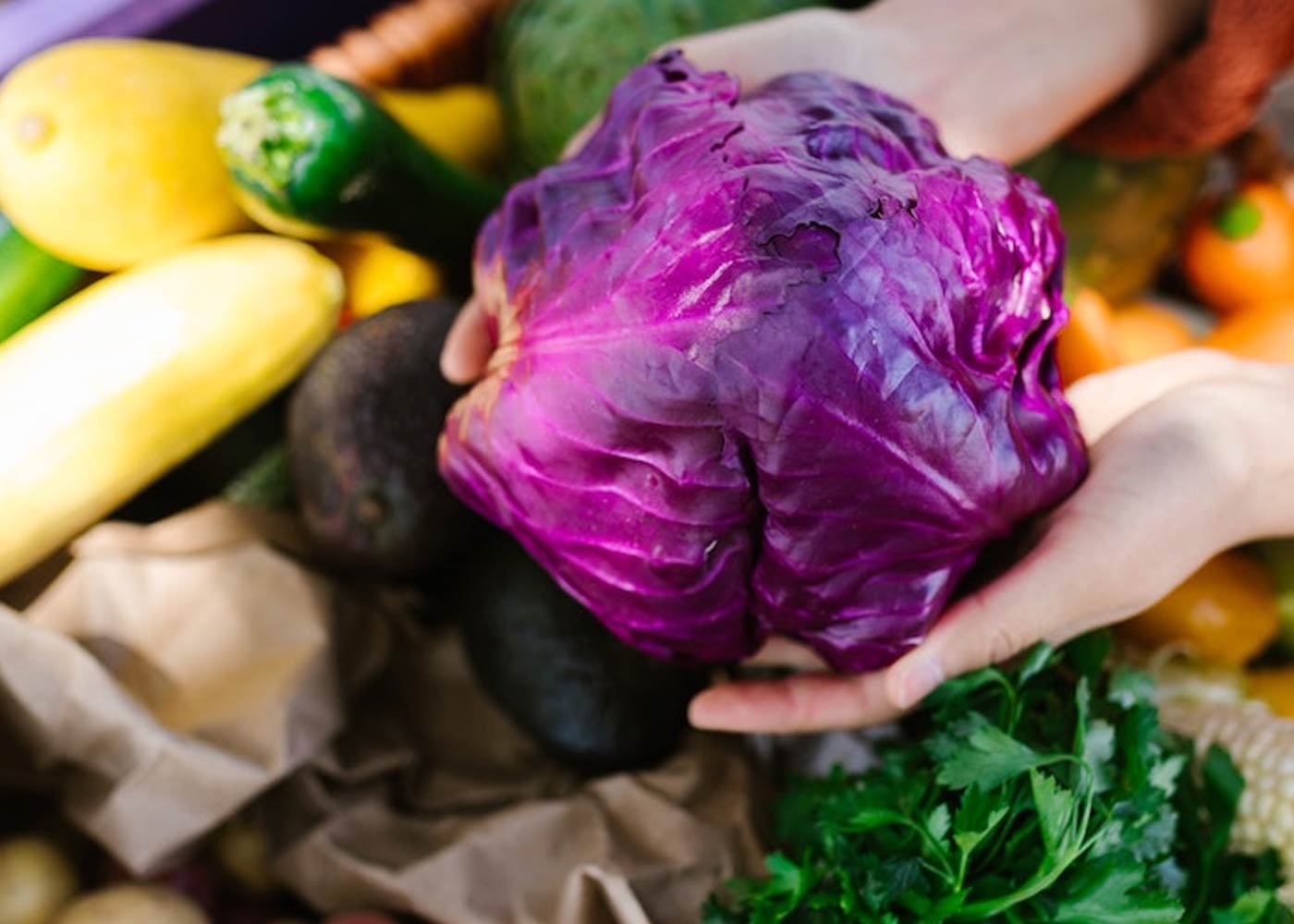
Seasonal foods often have higher nutritional value and taste
better than out-of-season foods. Seasonal eating can also help your local
economy. Continue reading to find out more about eating seasonal fruits and
vegetables.
What Is Seasonal Eating?
Seasonal eating entails eating produce at its peak of
ripeness. Temperature, light, and moisture requirements vary by crop. Farmers
grew plants according to seasonal rhythms for the majority of agricultural
history.
Most fruits and vegetables can now be eaten all year by
growing them in greenhouses or harvesting them before they ripen, storing them
for long periods of time, and then artificially ripening produce at any time of
year. This convenience, however, has a cost. Out-of-season produce is often
less nutritious and flavorful.
Health Benefits of Seasonal Eating
The longer produce is stored, the lower its nutritional
value. Nutrient loss is caused by chemical changes that occur after harvest.
According to one study, leafy greens can lose more than half of their vitamin C
content after transportation and three days on the grocery store shelf. Eating
locally grown foods in season ensures that you are getting the healthiest food
possible.
Environmental Benefits of Seasonal Eating
Consuming foods that are in season can help you reduce your
carbon footprint. Out-of-season produce, in general, travels long distances
before arriving at its final destination, contributing to greenhouse gas
emissions. Seasonal foods, on the other hand, are typically grown within local
communities and thus have a lower environmental impact.

How to Eat Seasonally
Here are some seasonal eating suggestions:
1. Get a seasonal food guide. Seasonal food guides are
available online, and they detail when foods are in season in your area. Such
guides can assist you in planning your vegetable garden or determining the best
time to visit your farmers' market for fresh produce.
2. Shop mindfully. Mindfulness is the key to enjoying
seasonal foods. "Choice must be informed by knowledge in order to have any
meaning," author Michael Pollan says. "That's why I believe your only
obligation is to understand the system that feeds you, and then you make your
choices." Ripeness and freshness are indicated by color, healthy skins,
aroma, and the leaves and stems. If you're unsure, consult your farmer or
grocer.
3. Taste food before you buy it. Before purchasing
food, request a taste test. This method is recommended by Alice Waters for
selecting the best in-season fruits. "I always cut and taste them,"
Alice explains. "You're tasting, tasting, tasting, and tasting."
4. Enroll in a CSA program. For a small monthly membership
fee, community-supported agriculture connects local growers with consumers to
provide fresh, seasonal produce. Joining a CSA program is an excellent way to
obtain local produce and become involved in local food systems.
5. Shop at your local farmers' market. Although
seasonal produce is likely to be available at conventional grocery stores, your
local farmers' market is more likely to stock fresh, in-season produce.
Shopping at a farmers' market is an excellent way to support local farms while
also ensuring that your diet contains plenty of fresh fruits and vegetables.
6. Properly store seasonal produce. Root vegetables, such as
parsnips, beets, and sweet potatoes, can be stored in a root cellar for several
months if covered with peat moss, sand, or sawdust. Food can also be pickled or
canned for long-term storage. Make pickled green beans using this recipe.

Foods Categorized by Season
Here are some of the most popular produce items in North
America, as well as the best time of year to enjoy them:
1. Summer: Tomatoes and corn are the summer produce
standouts. Avocado, blueberries, basil, cucumber, green beans, eggplant,
mangoes, shell beans, zucchini, bell peppers, and garlic are other summer
vegetable market staples.
2. Fall: The crisp fall weather brings a bounty of roasted
vegetables such as Brussels sprouts, butternut squash, broccoli, turnips,
beets, and sweet potatoes. Fall fruits, such as apples, pears, grapes,
persimmons, and pomegranates, provide a refreshing change from the abundance of
summer melons and berries.
3. Winter: Look for root vegetables in a variety of
colors, such as carrots, beets, and radishes. Leafy greens such as chicory,
Swiss chard, kale, and collard greens, as well as cabbages, cauliflower,
broccoli, beets, and winter squashes, are ready by this time of year.
4. Spring: Green garlic, nettles, young leeks and green
onions, small turnips, baby artichokes, asparagus, fava beans, fiddleheads,
spinach, bok choy, new potatoes, shelling and snow peas, and morel mushrooms
are all to be found. Spring lamb and wild salmon become available, as do tender
herbs such as tarragon, chervil, mint, parsley, and chives.




















